Optimal Timing for Beehive Removals
Beehive removals are most effective during specific times of the year when bee activity is at its lowest, typically in late fall and early winter. During these periods, bees are less active, making hive removal safer and more efficient. The timing also minimizes disruption to the colony and reduces the risk of swarming or hive damage.
Spring is generally not ideal for hive removal due to high bee activity and colony expansion. Removing a hive during this time can disturb the bees during their peak reproductive period.
Summer sees increased bee activity, making hive removal more challenging. It is best to avoid this season unless necessary, as colonies are large and active.
Late fall is considered optimal for hive removal. Bee activity decreases, and colonies prepare for winter, reducing the likelihood of swarming.
Winter is the ideal time for hive removal because bees are less active or dormant. This minimizes disturbance and allows for easier removal of the hive structure.
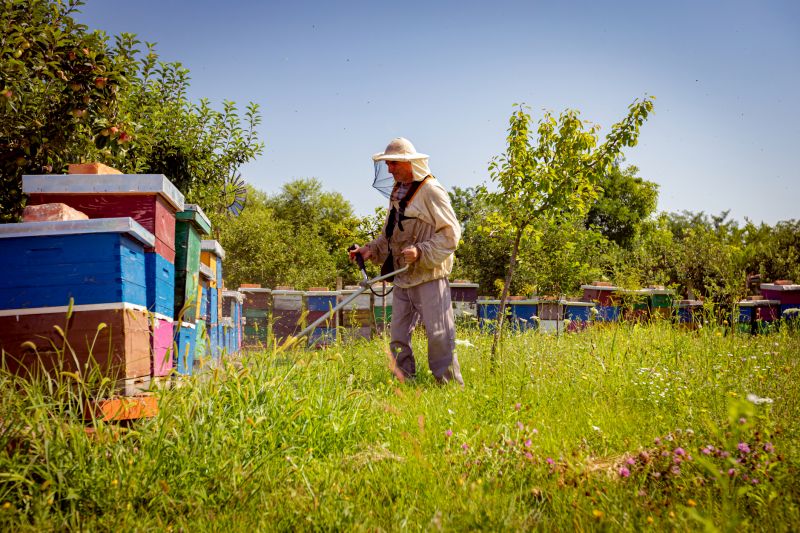
Image of a beekeeper removing a hive during winter with minimal bee activity.
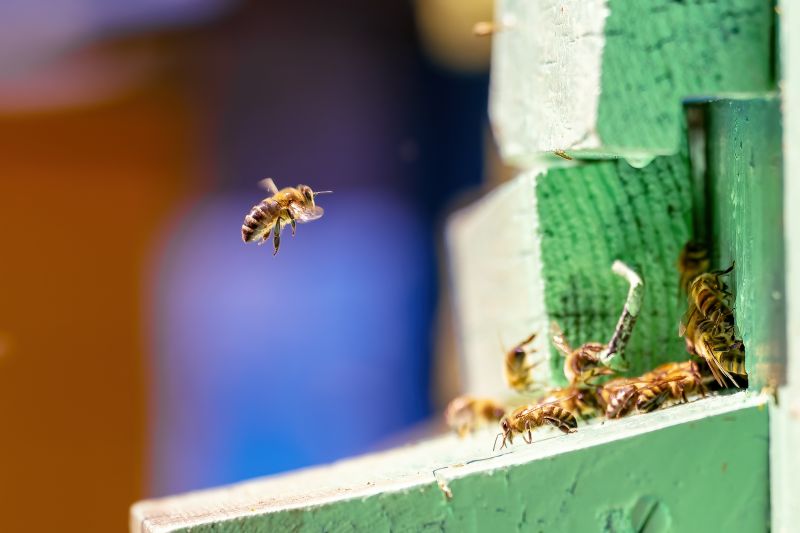
Photograph showing hive removal in autumn with falling leaves around.
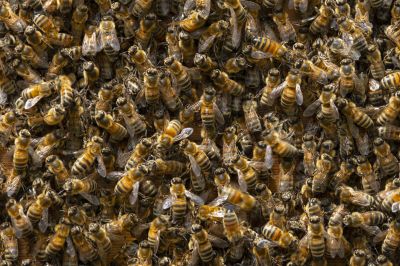
Image of a hive being inspected during spring, highlighting active bees.
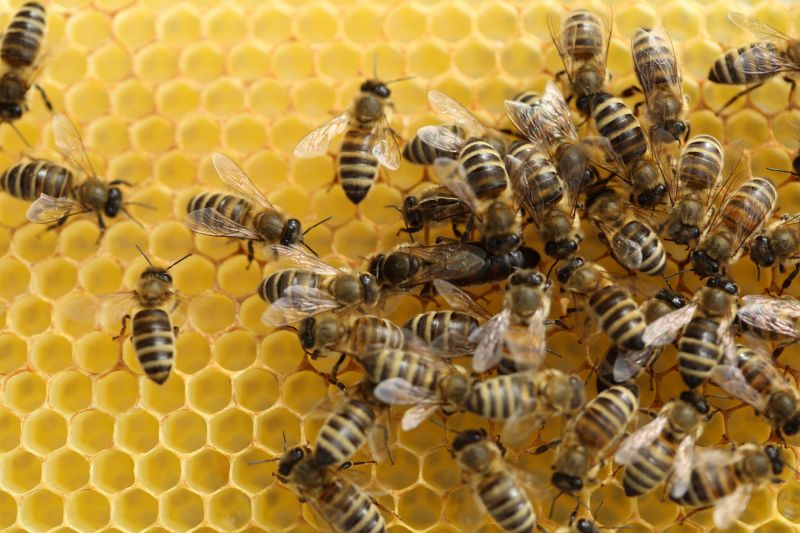
Ways to make Beehive Removals work in tight or awkward layouts.
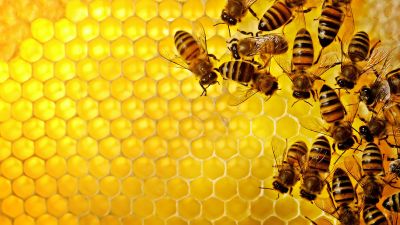
Popular materials for Beehive Removals and why they hold up over time.
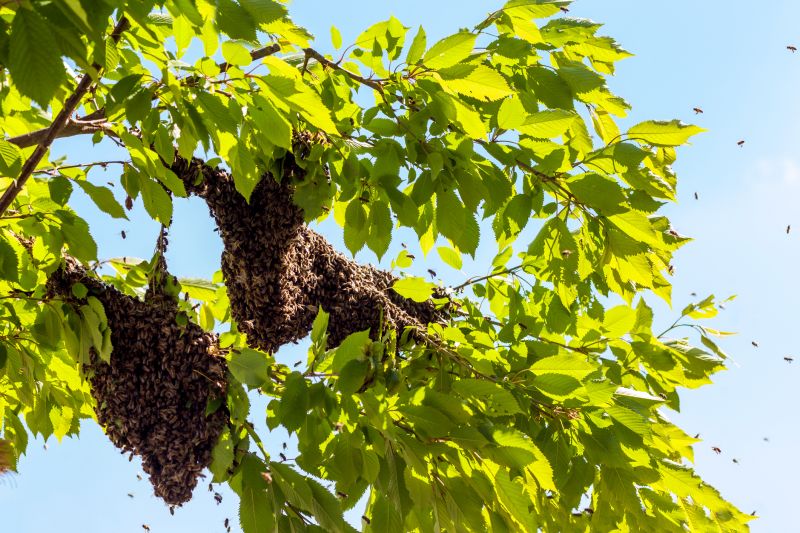
Simple add-ons that improve Beehive Removals without blowing the budget.
Beehive removals require careful planning to ensure safety and effectiveness. Timing is crucial to minimize bee disturbance and ensure the health of the colony. Proper removal during appropriate seasons can prevent swarming, reduce property damage, and support local bee populations.
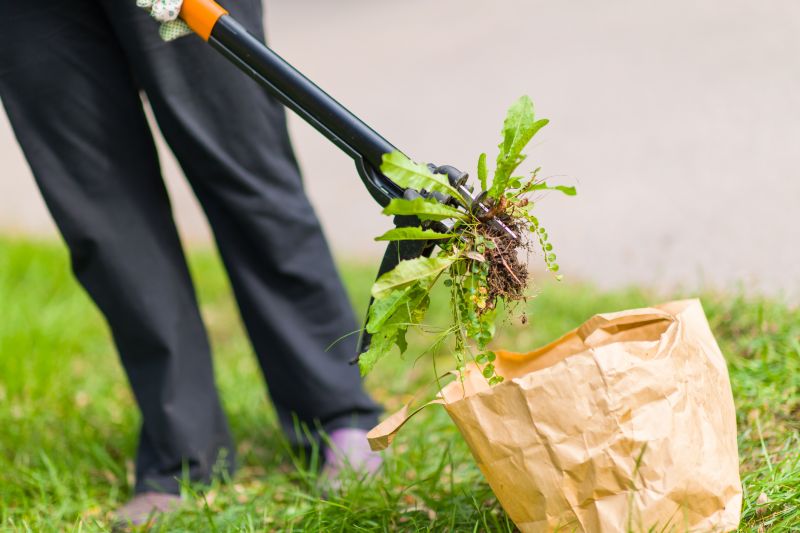
Tools used for safe hive extraction and removal.

Step-by-step process of hive removal by a professional.

Cleared area after hive removal, ready for new use.

Protective clothing worn during hive removal.
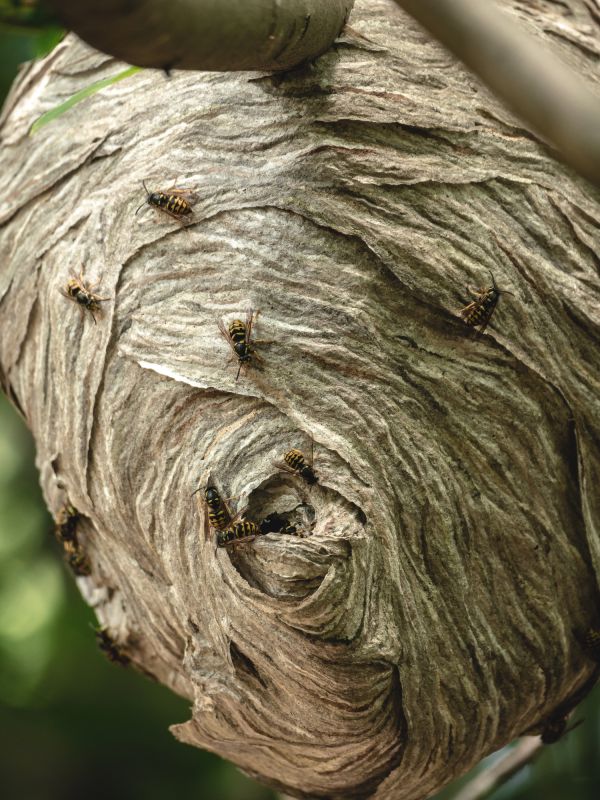
High-end options that actually feel worth it for Beehive Removals.
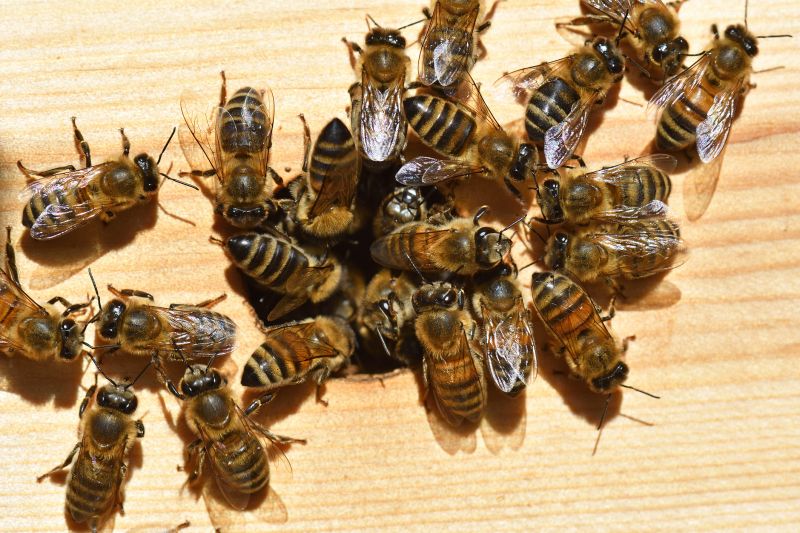
Finishes and colors that play nicely with Beehive Removals.

Little measurements that prevent headaches on Beehive Removals day.
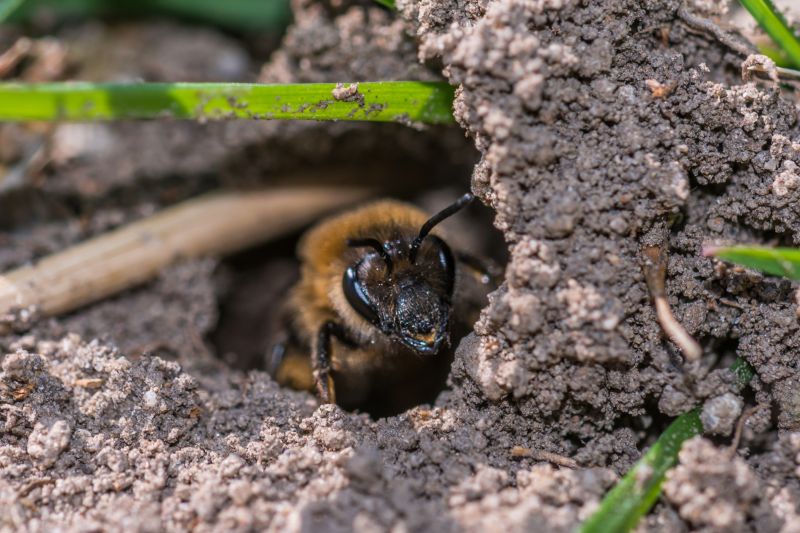
A 60-second routine that keeps Beehive Removals looking new.

A frequent mistake in Beehive Removals and how to dodge it.

Small tweaks to make Beehive Removals safer and easier to use.

Lower-waste or water-saving choices for Beehive Removals.

The short, realistic tool list for quality Beehive Removals.
| Season | Bee Activity Level |
|---|---|
| Spring | High |
| Summer | Very High |
| Fall | Moderate to Low |
| Winter | Minimal or Dormant |
| Weather Conditions | Affects accessibility and safety |
Understanding the seasonal patterns of bee activity is essential for scheduling hive removals. Timing during low activity periods reduces stress on the colony and enhances safety for personnel involved. Proper timing also helps in preventing potential swarming and hive damage, ensuring a successful removal process.
Interested in scheduling a beehive removal? Filling out the contact form provides a convenient way to get more information and arrange for professional assistance.
